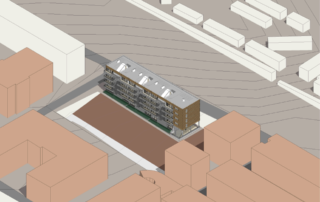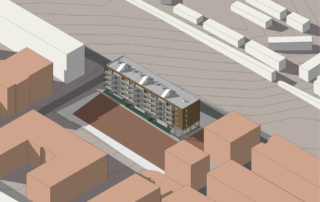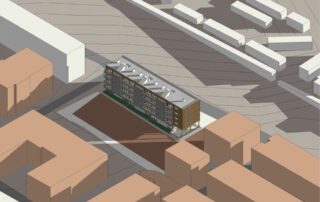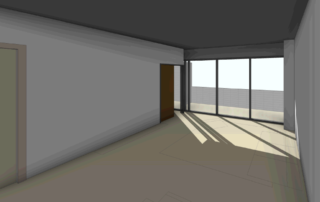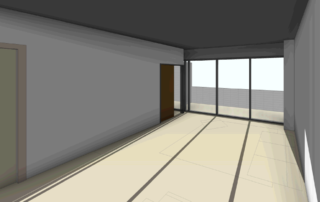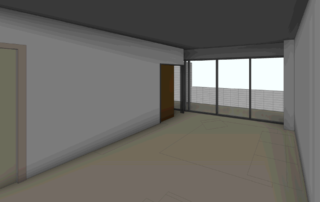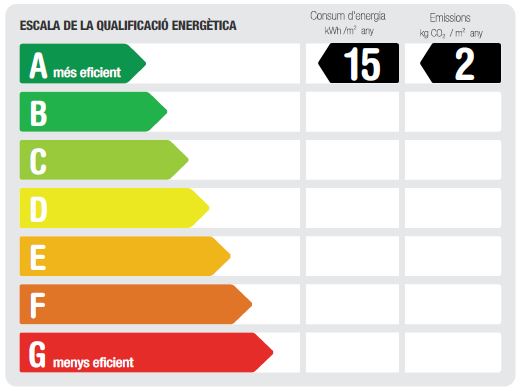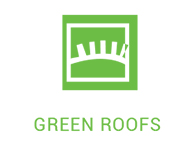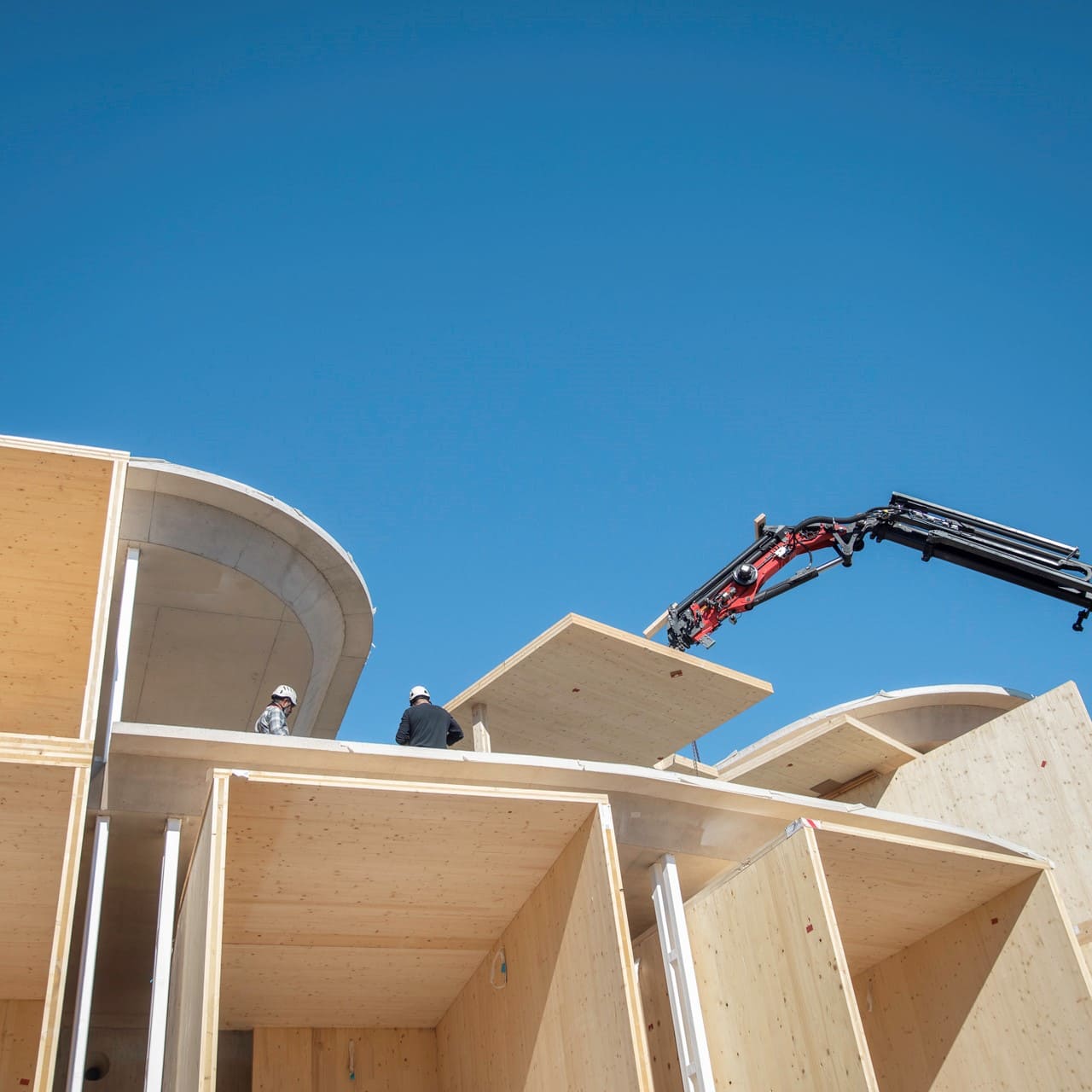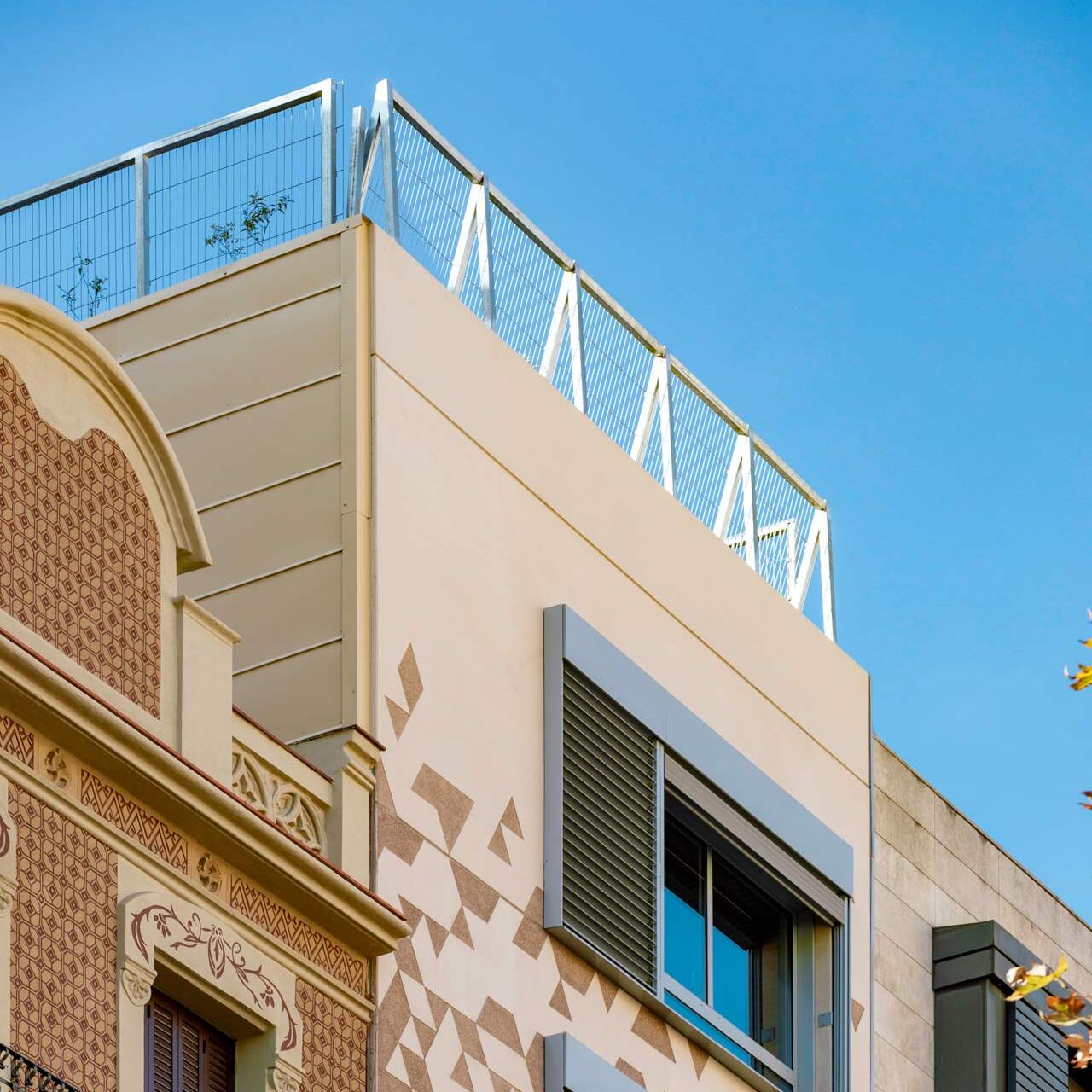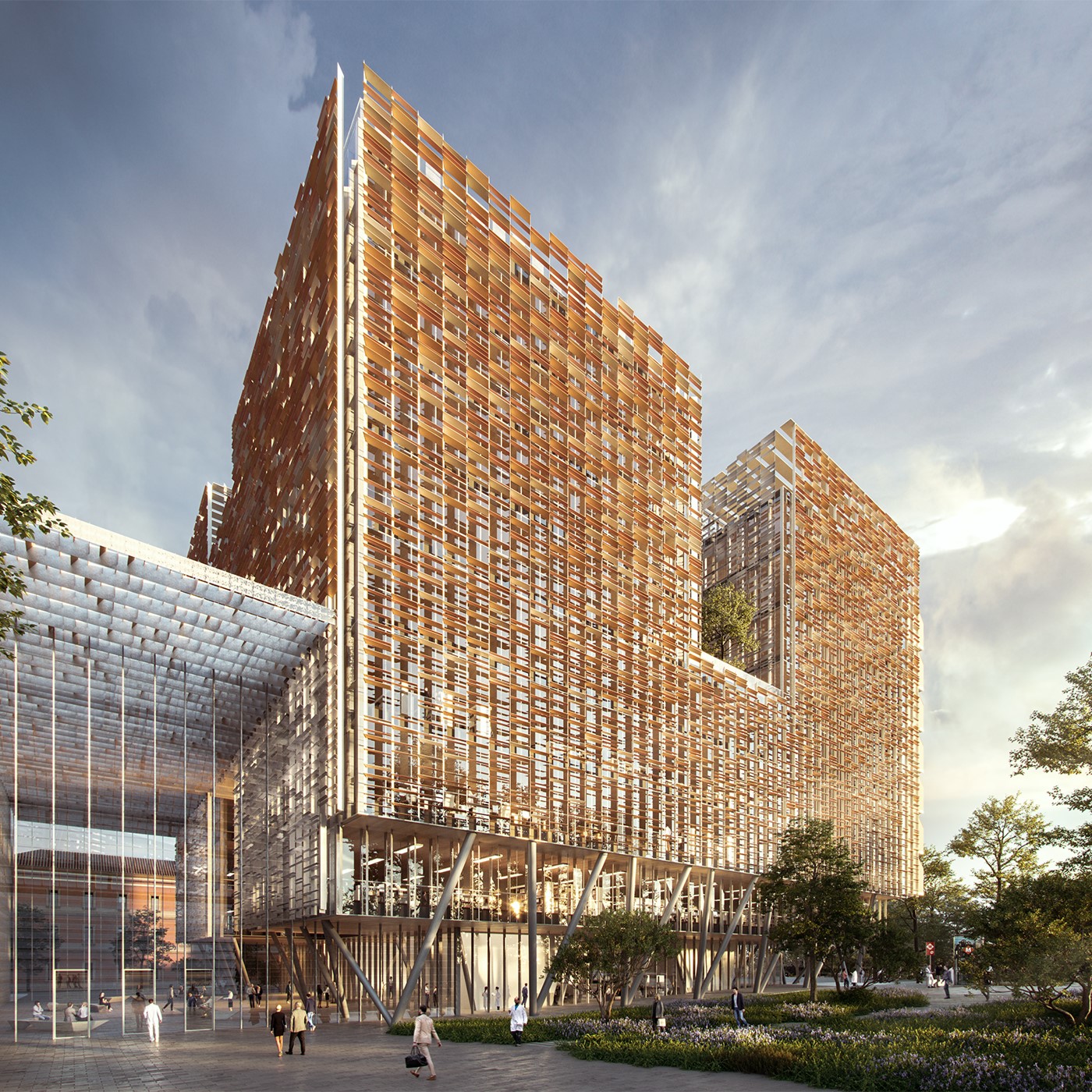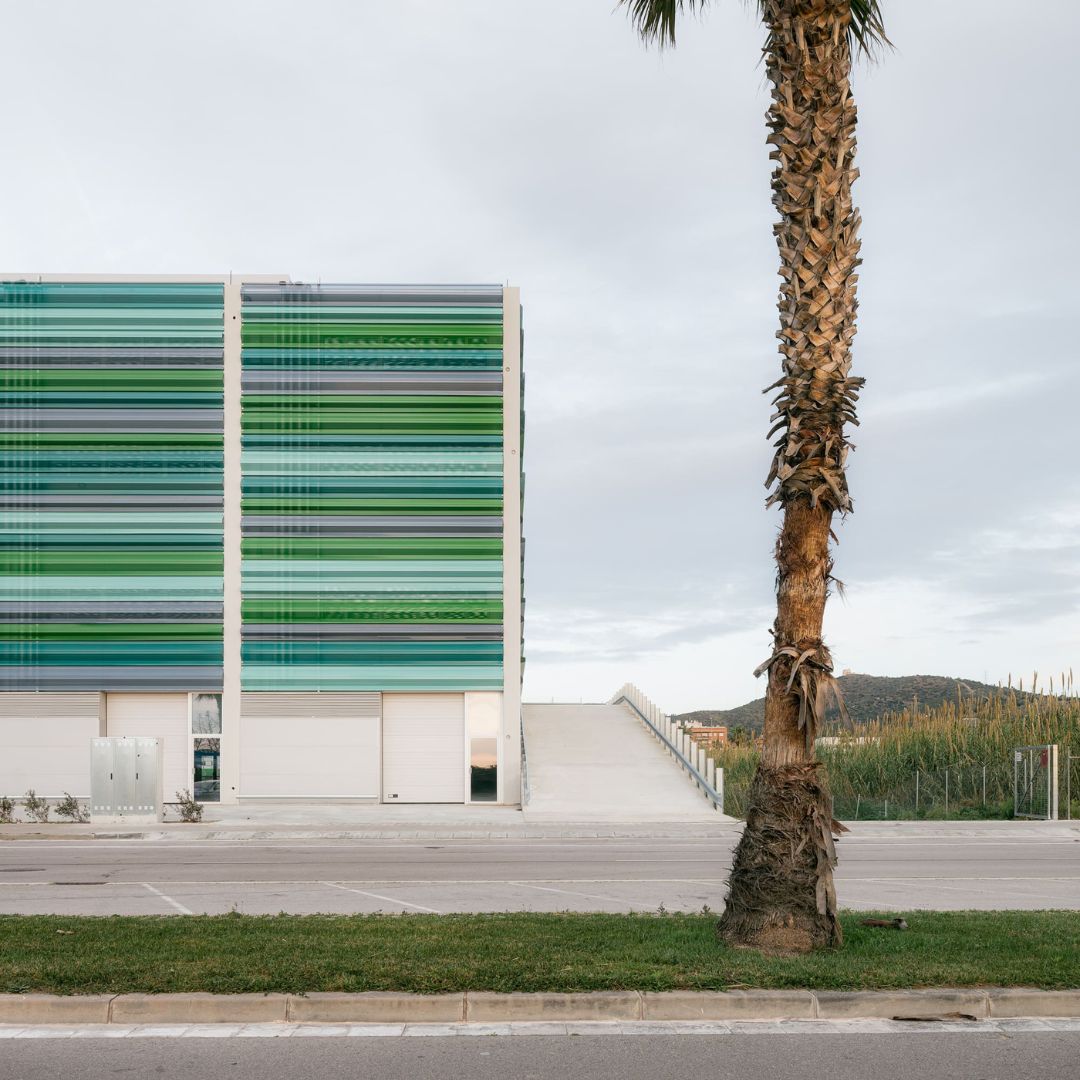Neinor Pintor Alsamora Residential Building
Barcelona, Spain
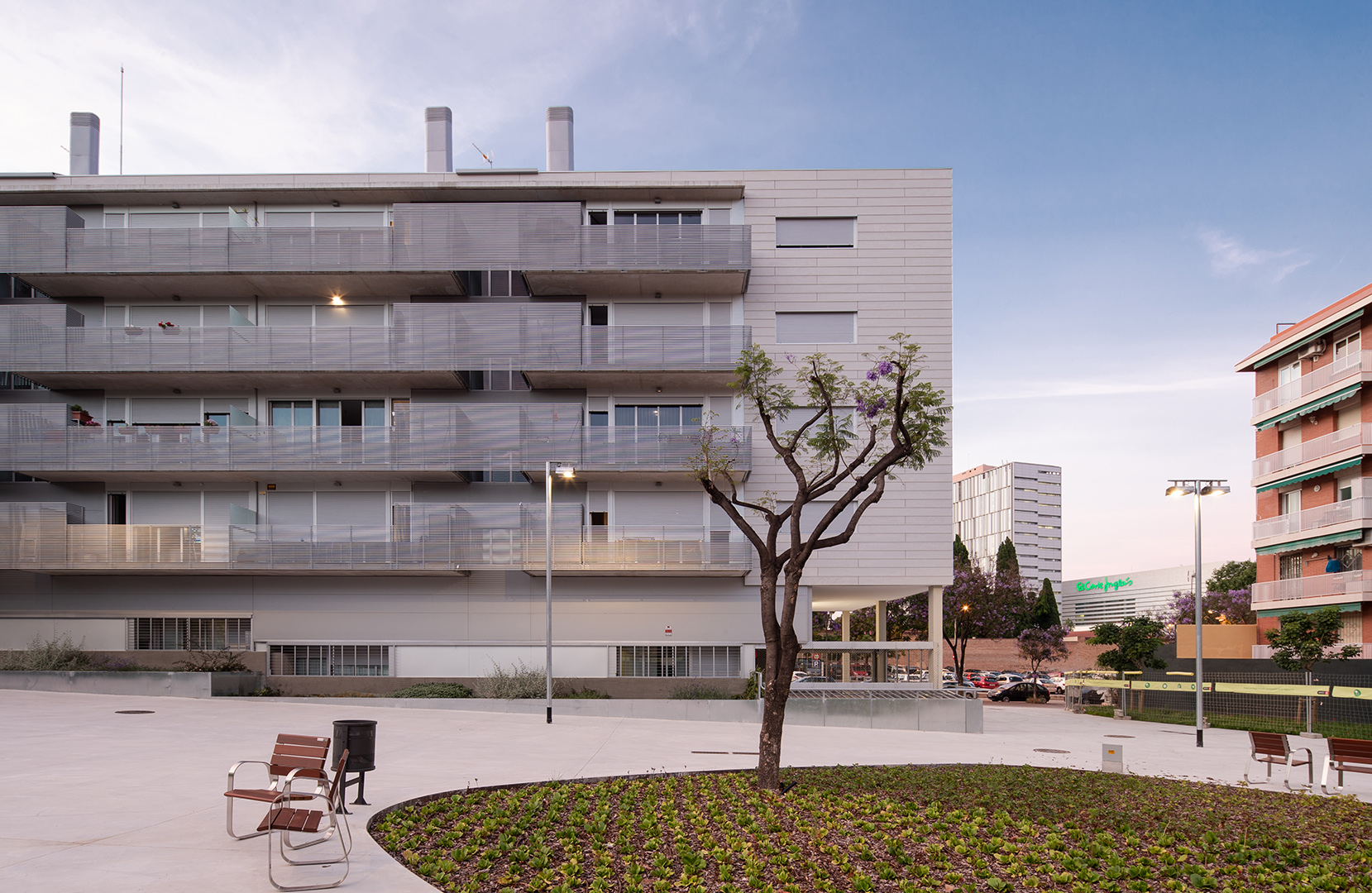
Project details
Location: Carrer de Pintor Alsamora, Barcelona, Spain
Year: 2014
Surface: NA
Status: Built
Typology: Residential building
Category: Applied sustainability, Environmental certifications
Sustainable Development Goals
Purposeful analysis of bioclimatic and environmental aspects
Objective: to achieve maximum comfort with minimum energy consumption
This project has an energy certification rating A (final energy consumption 7.81 kWh/m2 year and CO2 emissions: 2.59 kg CO2/m2 year).
A BREEAM certificate: Good rating with the following scores:
- Management: 78%
- Energy: 73%
- Transportation: 80%
- Waste: 63%
- Land use: 64%
Data to highlight:
- Double orientation homes are proposed.
- The response of the two main facades is designed according to their orientation.
- The façade system is ventilated, built dry, with factory production and simple on-site assembly. This way, resources, waste and energy consumption are optimized.
- The composition of the façade makes it possible to reduce the demands for cooling and heating, as well as to increase the inertia and radiation of the interior.
- A high-efficiency aerothermal system is used to allow high energy savings. Due to its characteristics, this system makes it possible to take advantage of the energy from the air.
- The building has native vegetation, reducing the need for irrigation and, therefore, reflecting in water savings.
- The location of the building facing a public garden allows benefiting from the good climatic behaviour of vegetation and its evaporation, in benefit of greater urban and domestic comfort.
- The final energy consumption represents a saving of more than 60% compared to the average for buildings of its type, as well as a reduction in CO2 emissions of 60% better than the average.
- Its use and maintenance are managed in a way that reduces its environmental impact through strategies such as a policy of purchasing sustainable cleaning products and the maintenance of facilities to protect them and extend their useful life.
- A thermo-solar system allows the production of DHW for the building through this renewable source.
